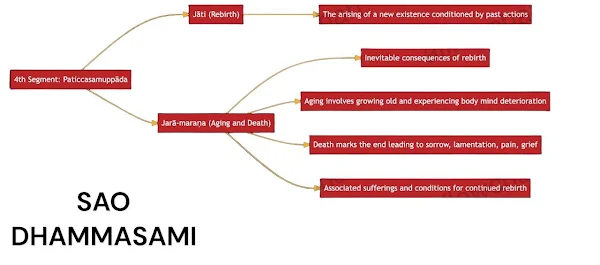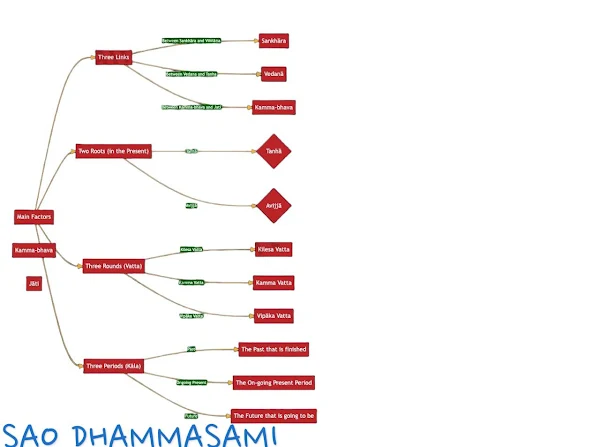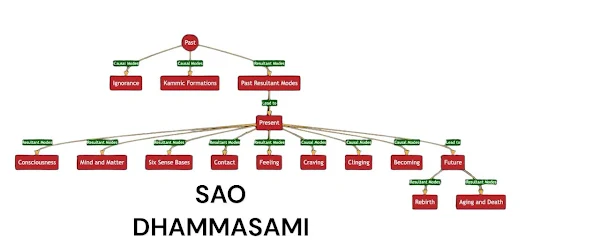Discovery of a Lost Monastery
In 1863 CE (2406 BE), Norwegian epigraphist Prof. Sten Konow uncovered a trove of Buddhist art at Kurkihar, near Gaya, Bihar:
231 bronze statues—the largest collection of ancient Buddhist metalwork in India.
Key Finds: Buddha images, Bodhisattvas, and Tara deities, now displayed at Patna Museum.
Historical Context: A major Sarvāstivādin center during the Pala dynasty (8th–12th c. CE).
The Inscribed Black Stone Buddha
A varada mudra (blessing gesture) statue bears two inscriptions:
On the Halo: The Ye Dharma verse in Sanskrit—core Buddhist doctrine.
On the Base:
"Siddhaṃ... Sarvāstivādin deyadharmo yaṃ Sthavira Maradevasya"
(“This religious gift is by the Elder Maradeva of the Sarvāstivādin school.”)
Significance:
Confirms Sarvāstivādin presence in Magadha, their doctrinal heartland.
The sect’s name means "All Exists"—they believed past/future dharmas are real.
Current Location: British Museum, London (Room 33).
Why Kurkihar Matters
Sectarian Hub: The Sarvāstivādins dominated North India (Mathura, Kashmir, Gandhara) but this find proves their influence in Magadha.
Artistic Mastery: The bronzes show Pala-era metallurgy—a blend of Gupta elegance and Tantric iconography.
Global Diaspora: Their texts reached China via Kumārajīva, shaping East Asian Buddhism.
Did You Know? The Sarvāstivāda Vinaya was the only monastic code in 7th-century Xinjiang!
(Note: The "Elder Maradeva" may be the same teacher cited in Vasubandhu’s Abhidharmakośa.)








